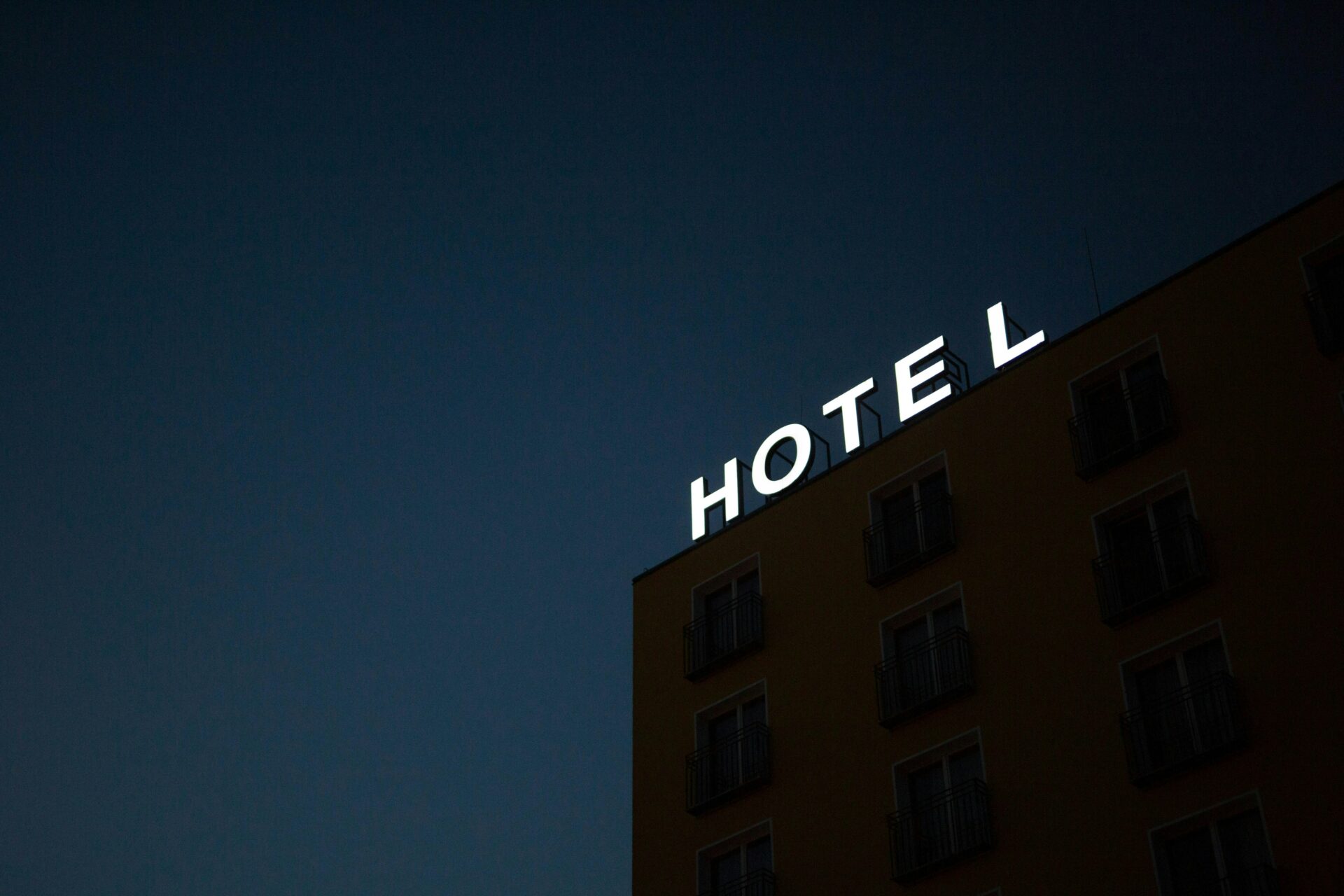
As hotels continue to evolve in the face of growing guest expectations and technological advancements, providing reliable and seamless connectivity has become a critical challenge. In a world where guests increasingly rely on their mobile devices, hotels must navigate the complexities of ensuring strong cellular coverage within their properties. Yet, these connectivity challenges are further compounded by the demands of sustainability and the limitations of traditional network infrastructure. With the hospitality industry under pressure to balance guest needs, operational efficiency, and environmental goals, ensuring reliable indoor cellular coverage has never been more critical.
The Growing Need for Robust Mobile Networks
Evolving guest expectations and accountability are key drivers behind the growing need for robust mobile network solutions in hotels. As Mark Meuleman, Chief Revenue Officer at Dense Air, explains, “Guests expect seamless connectivity, and they’re increasingly holding hotels accountable for poor indoor cellular service.” As mobile devices become central to the guest experience, hotel guests expect fast and reliable service throughout the property, from guest rooms to event spaces.
Cybersecurity Concerns Drive Shift Toward Cellular Networks
This rising demand for cellular connectivity is also linked to growing cybersecurity concerns. “Guests are increasingly hesitant to use unsecured networks, preferring to rely on their mobile networks for a safer internet experience,” says Meuleman. “This shift to cellular network use is not just about convenience but also about protecting personal information from potential cyber threats.” With high-profile data breaches making headlines, guests are becoming more discerning about their online security when traveling and are increasingly turning to mobile networks over hotel Wi-Fi.
Balancing Sustainability with Connectivity
The demand for consistent connectivity is complicated by the physical barriers found in modern hotel buildings. As Meuleman notes, “Guest rooms, event spaces, and other areas critical to hotel operations often face the biggest challenges with coverage and capacity.” Why? Because the materials used in hotel construction inadvertently block cellular signals.
Sustainable building practices also present challenges for cellular connectivity. Meuleman explains that “Low-E glass and dense concrete, commonly used to improve energy efficiency and reduce a building’s environmental footprint, often block cellular signals, creating significant connectivity issues.” This presents a dilemma for hoteliers who are striving to balance their green initiatives with the need for seamless connectivity.
Small Cell Networks
For hoteliers interested in solving this issue, Meuleman recommends learning more about localized cellular networks, such as small cell solutions. Small cells are low-powered base stations strategically placed throughout a hotel to improve coverage and capacity in critical areas like guest rooms, corridors, and event spaces. These networks work around physical barriers by placing localized nodes within the building to enhance signal strength and ensure reliable coverage. This approach extends the reach of cellular networks, allowing for greater coverage even in areas traditionally difficult to service.
In contrast to traditional solutions like Distributed Antenna Systems (DAS), which require extensive infrastructure and cabling to distribute cellular signals throughout a building, small cells offer a more flexible and scalable approach. DAS often requires a significant investment in both equipment and installation, which could make it less cost-effective for hotels. Small cells, however, can be deployed in targeted areas where coverage is most needed, making them a more adaptable solution that can be rolled out more easily and at a lower cost, Meuleman adds.







